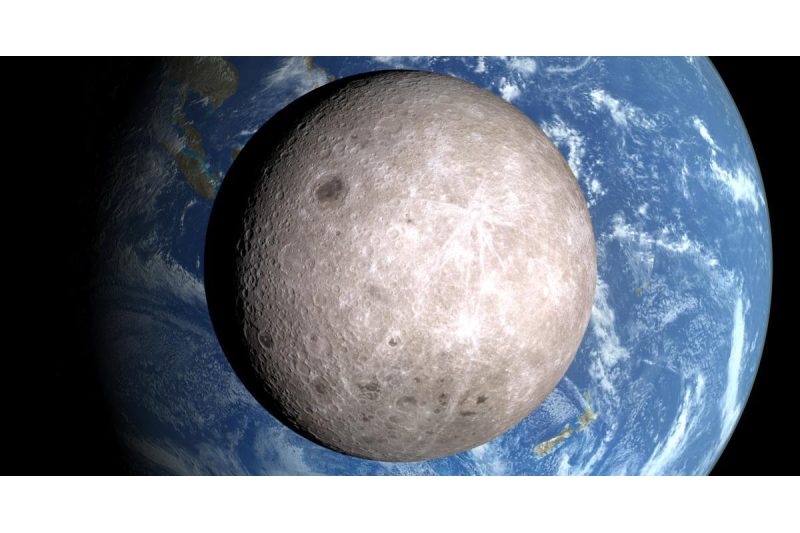Chinese Aelay Satellite Queqiao-2 is Prepared to Assist the Lunar Farside Sample Mission

China’s forthcoming lunar far side sample return mission may now proceed with launch as the Queqiao-2 satellite has successfully completed its function and performance testing in lunar orbit.
Recently, Queqiao-2 concluded testing of its on-orbit communication system, the China National Space Administration (CNSA) declared on April 12.
On April 6, the spacecraft successfully tested communication with the Chang’e-4 mission spacecraft on the moon’s far side. This was followed by a test with the Chang’e-6 spacecraft, which has not yet been launched, on April 8–9, Beijing time.
Verifying Queqiao-2’s functionality and performance is the last step before China launches its intricate Chang’e-6 mission. The 53-day mission is a more ambitious follow-up to the Chang’e-5 sample return mission, which was launched in 2020 and sent 1,731 grams of lunar material back to Earth from the near side of the moon.
Airspace closure notices now seem to point to May 3 as the launch date for Chang’e-6. The mission’s goal is to gather up to 2,000 grams of rock samples from the far side of the moon’s Apollo crater.
Tidal locking means that part of the moon never faces Earth. In order to facilitate the groundbreaking expedition, Queqiao-2 has been deployed to relay signals between Chang’e-6, located on the lunar far side, and ground stations.
Chang’e-6 could bring lunar material back to Earth if it is successful. By analyzing these, new information about the moon’s past and the distinctions between its near and far sides may become available.
China used a Long March 8 rocket to launch the Queqiao-2 lunar communications relay satellite on March 19. The spacecraft reached its planned elliptical, 24-hour orbit on April 2 after entering lunar orbit on March 24.
Tiandu-1 and Tiandu-2, two smaller spacecraft, were also part of the Queqiao-2 launch. The CNSA statement verified that on April 3, the two parted ways while in lunar orbit.
They are currently carrying out a number of tests for communication technology verification. The experimental satellites will perform navigation and communications technology verification tests while flying in formation in lunar orbit.
The two serve as trailblazers for the larger Queqiao constellation, which will offer communication and navigation capabilities on the moon. Additionally, on April 8, Tiandu-2 transmitted an infrared picture of the moon and far-off Earth.
Queqiao-2: A Link to the Distant Side and beyond
In 2018, Queqiao-2, also known as “Magpie Bridge-2,” was introduced as a more competent version of Queqiao. The Chang’e-4 mission was made easier by the previous satellite. In 2019, a lander and rover on that mission accomplished the first-ever far-side touchdown on the moon.
The new 1,200-kg satellite is a first step toward China’s intentions to explore the moon further and create a lunar outpost in the 2030s. It has a 4.2-meter parabolic antenna.
The Chang’e-7 and later Chang’e-8 missions in 2026 will be supported by Queqiao-2 by changing its orbit to a 12-hour period. In order to find volatiles and possible resources on the moon, these missions will focus on the south pole.
Queqiao-2 will carry out pertinent science with its own payloads and enhance communication between Earth and spacecraft at the lunar south pole.
Chang’e-8 will test in-situ resource exploitation methods, like making bricks out of lunar regolith. The missions together serve as forerunners to the International Lunar Research Station (ILRS), which is led by China.
The ninth nation to join the ILRS is now Thailand. According to recent reports, Turkey has also submitted an application to be a part of the plan, which China and Russia publicly revealed in 2021.